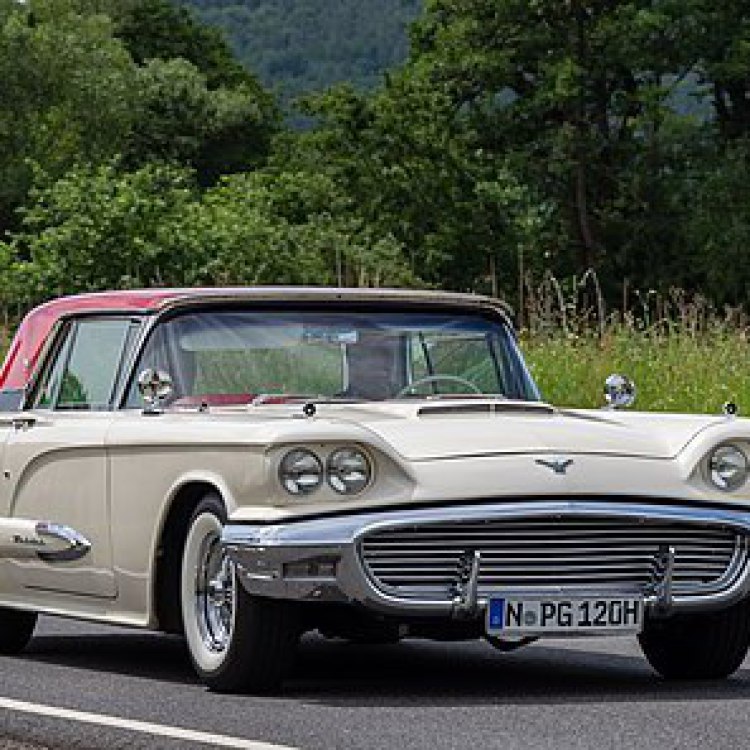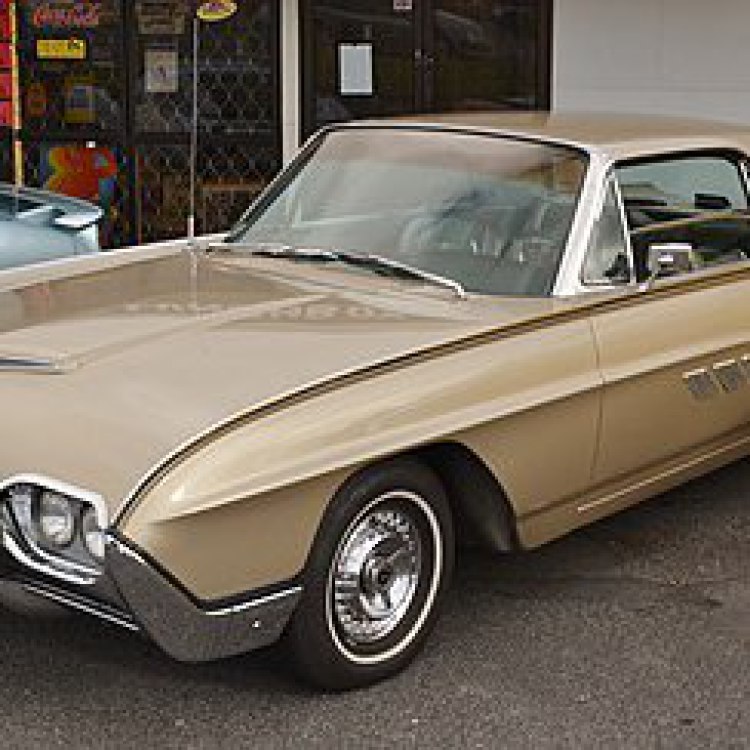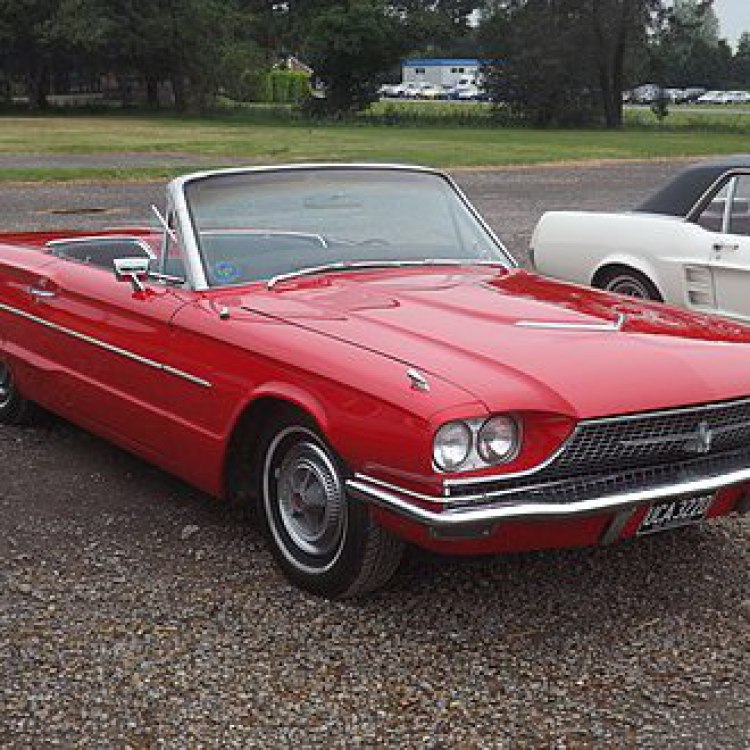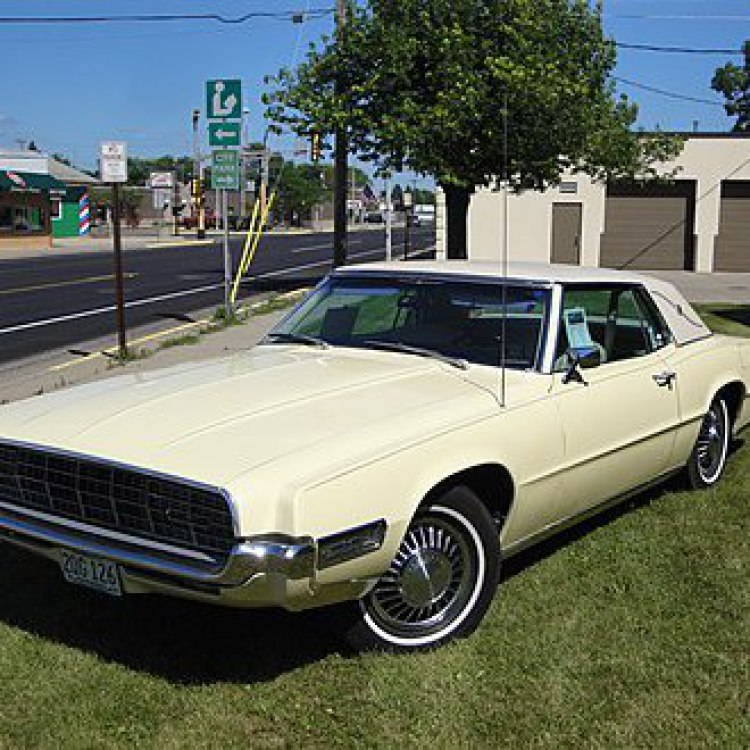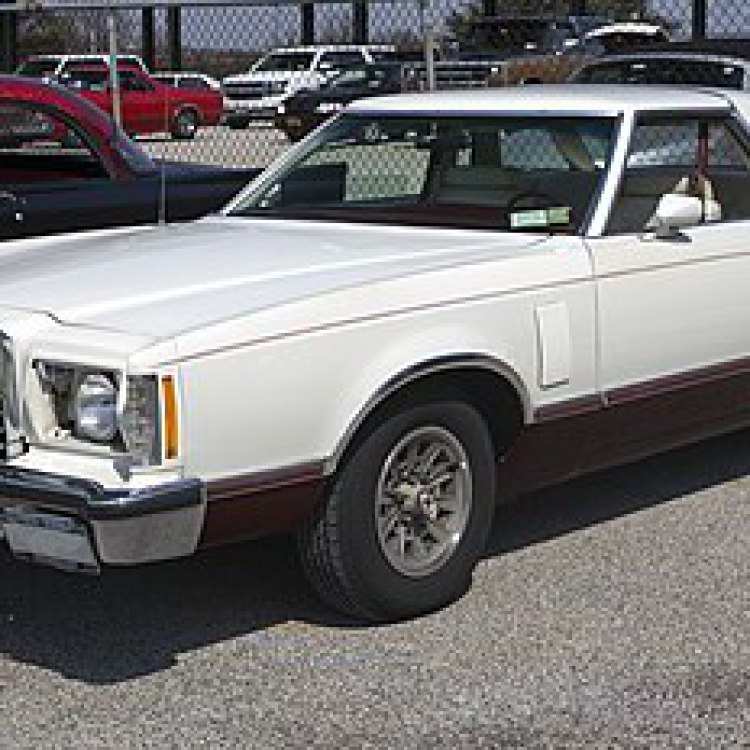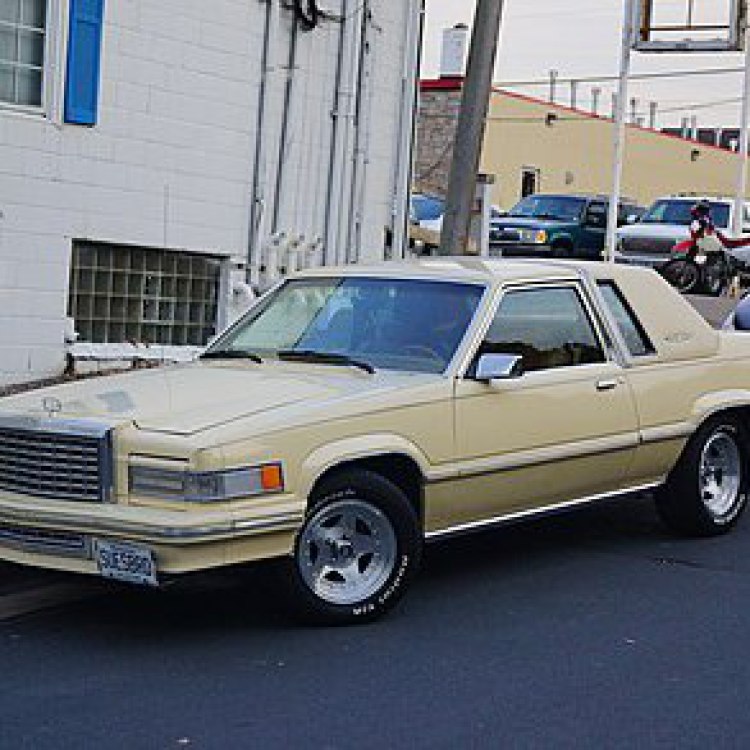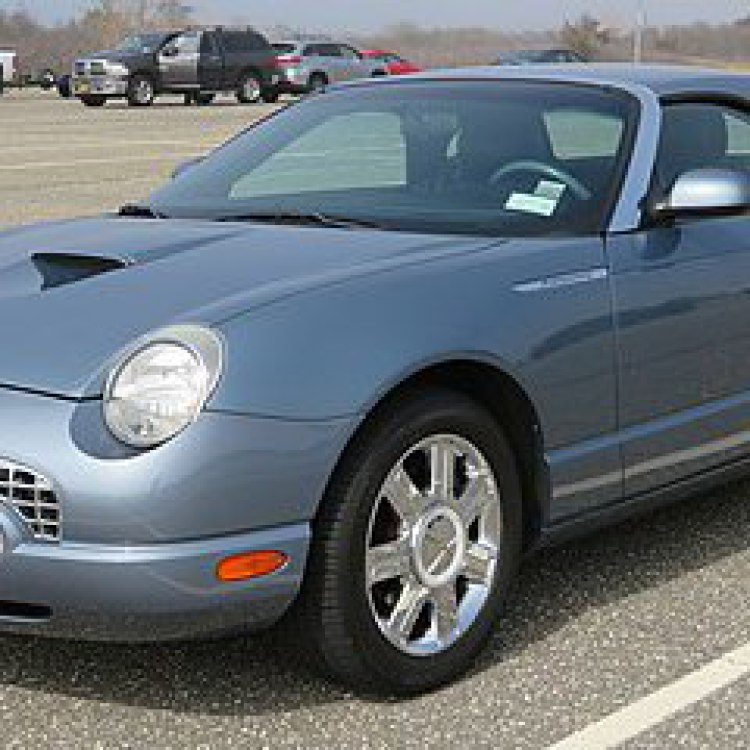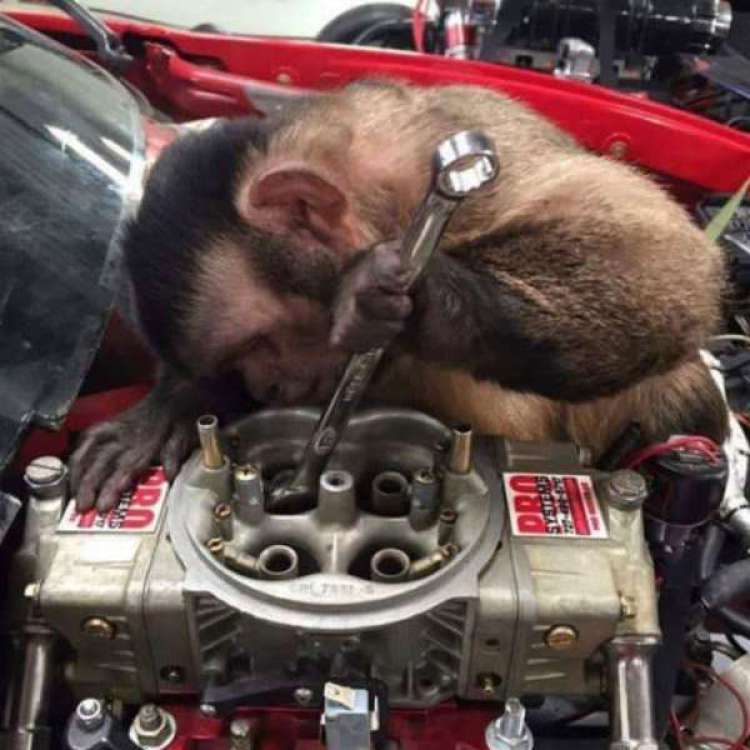
T-Bird Repair and MaintenanceFellow Club Members: I am going to take a break from my articles on the series of T-Birds and talk about the current market of auto service and repair. As an owner of eleven vintage vehicles, I am often on the lookout for good buys on parts on eBay, craigslist, and swap meets. Greed and fraudulent car flipping are very much alive today. Looking on YouTube with Kiwi-Classics, he lists many cars that he inspected after the buyer purchased. Many mustangs that he inspected have rotted floors and frame rails covered with filler and undercoating. The bodies had perfect paint and body work and were very attractive. One mustang coupe was made into a convertible, which was missing torque boxes and the all-important floor crossmember which runs from side to side. These cars are a danger to the driver, and others on our highways. Please remember that a lot of classic cars are from 25 – 70 years old. There will be issues. It is important to have a mechanic or friend inspect any car for purchase on a lift. I am currently having a Buick engine rebuilt. Every part on this engine is more expensive than a small block Chevy or Ford. I had the same machinist rebuild my Ford 390 four years ago. He charged me $350.00 to put it together. Today he wants more than double that amount to put my Buick engine together. He said prices went up when asked. I told him no thanks and I will have another experienced mechanic, who has built racing engines, assemble it, for a fraction of the cost, my machinist wants. This brings up a point, I have a list of mechanics and vendors that I deal with and a list of businesses, I will not do business with. There are a few businesses today that take the attitude, I want to see you come back, vs. take as much as you can and run. I will not even discuss my experiences with car dealerships. There is a difference between price gouging and simply charging a reasonable amount for said services and repair. Remember, every business has overhead and employees. When and if our club members need repair or service on their cars, please ask other club members' opinion and advice. We have many club members who are experienced and very informative on our club’s vintage cars. Happy Motoring!Respectably Submitted,Larry SnearyH.V.T.C. Tech Advisor
1989-2005 Thunderbirds and Car Care tips
Styles and Changes
Eleventh Generation 2002-2005
About Us
After a five year hiatus, Ford introduced the 2002 Thunderbird. Returning to the original formula for the Thunderbird, the latest version had a two-passenger convertible/removable hardtop configuration like the first-generation Thunderbird and styling strongly recalling the original.
What is a bird that does not fly and some requires maintenance?



